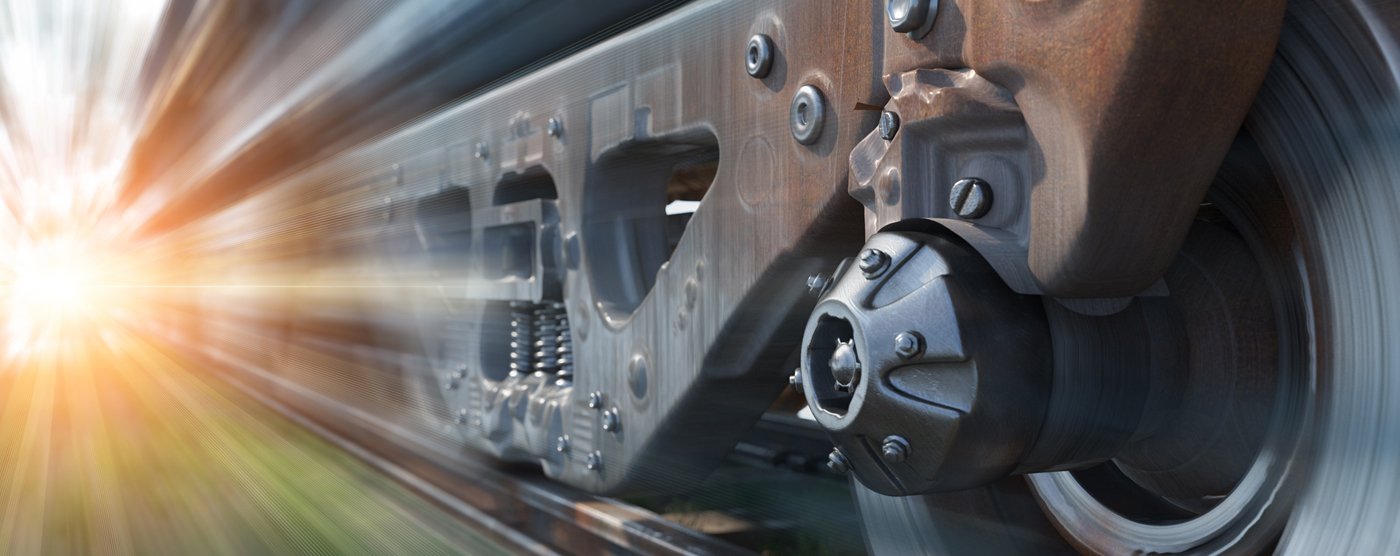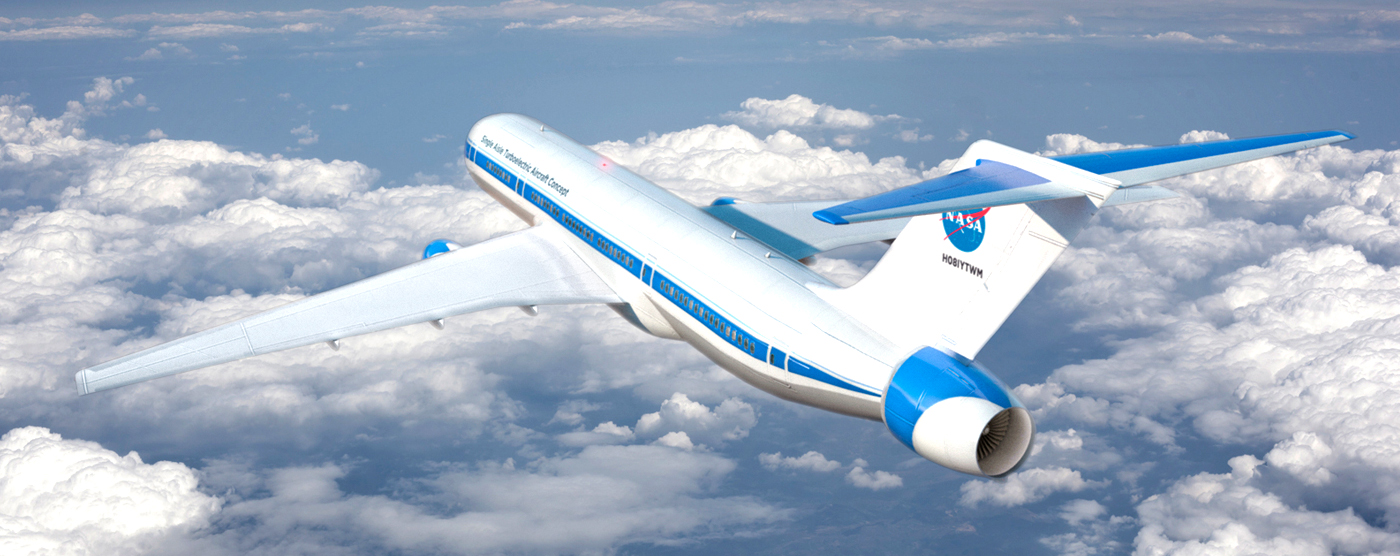World’s First Hydrogen-Powered Trains Ride the Rails in Germany

The world’s first hydrogen fuel cell-powered train rode the rails in Lower Saxony, Germany last month when European railway manufacturer Alstom launched two models of their new commercial trains, Coradia iLint. This latest innovation is a collaboration of cross-border teamwork between France and Germany to provide a climate-friendly alternative to diesel-fueled trains.
Fueled by the elements
The Coradia iLint uses fuel cells that turn hydrogen and oxygen into electricity releasing steam and water instead of large plumes of smoke and carbon dioxide like diesel trains. Fueled at a mobile hydrogen filling station, gaseous hydrogen stored in a 40-foot high steel container is pumped into the train. Alstom reports one tank of hydrogen will provide enough fuel for the train to travel approximately 621 miles. Plans for a stationary filling station is scheduled for operation in 2021 when Alstom plans to deliver an additional 14 Coradia iLint trains with a price tag of just over $93 million.
Going to distance
The two electric trains can travel up to 87 miles per hour and will operate on a 62-mile line carrying passengers between the cities of Cuxhaven, Bremerhaven, Bremervorde and Buxtehude. Previously, this line was served by diesel trains operated by Eisenbahnen und Verkehrsbetriebe Elbe-Weser (EVB.) The Coradia iLint trains replace diesel engines eliminating the need to electrify the entire track with a charged third rail or overhead powerlines, as would be needed for more traditional electric trains to function.
Clean travel
In an ongoing effort to reduce air pollution, Coradia iLint just may be a trailblazer in revolutionizing the rail system with its zero-emissions and low-noise output—making hydrogen a rock star element as an efficient alternative to diesel. As for the passenger experience, it’s one quiet ride.

